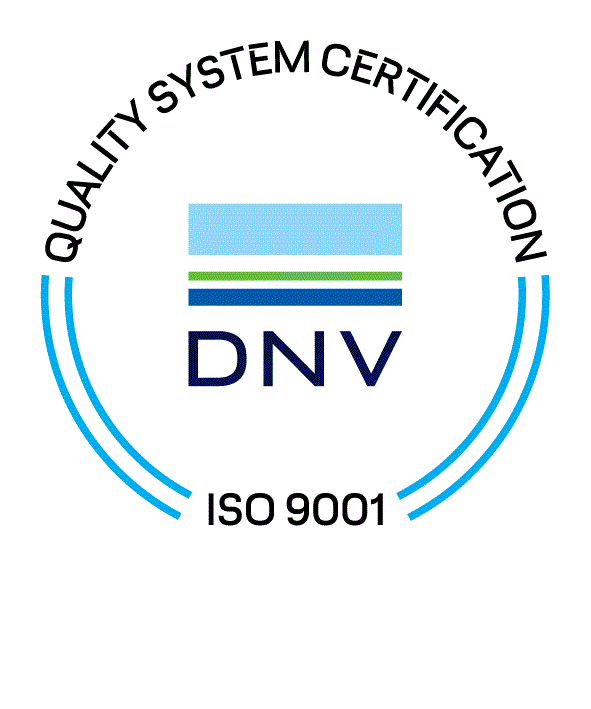Green Building assessment
VIBROCOMP specializes in conducting assessments for environmentally friendly construction practices, adhering to the BREEAM, LEED and GSAS standards. These evaluations ensure that building projects meet rigorous criteria for sustainability and eco-friendly design.
Green building assessment is a process used to evaluate the environmental performance and sustainability of a building or construction project. It involves assessing various aspects of a structure, from its design and construction to its operation and maintenance, with the goal of minimizing its environmental impact and maximizing resource efficiency. Here are some key points about green building assessment:
-
Certification Systems VIBROCOMP serves: Various certification systems exist globally to standardize and measure green building performance. We work according to the following:
- LEED (Leadership in Energy and Environmental Design): Developed by the U.S. Green Building Council, LEED is widely used internationally and evaluates buildings based on criteria such as energy efficiency, water usage, materials, and indoor environmental quality.
- BREEAM (Building Research Establishment Environmental Assessment Method): Commonly used in the United Kingdom, BREEAM assesses factors like energy, water, and materials, as well as management and innovation.
- GSAS (Global Sustainability Assessment System): Developed for the Gulf Cooperation Council (GCC) countries, GSAS focuses on environmental and social sustainability in the built environment.
-
Our Key Assessment Categories:
- Energy Efficiency: Evaluates the building's energy consumption and encourages the use of renewable energy sources.
- Water Efficiency: Addresses water usage and promotes water conservation measures.
- Materials and Resources: Considers the use of sustainable materials, recycling, and waste reduction during construction.
- Indoor Environmental Quality: Focuses on factors affecting occupant health and well-being, such as air quality, lighting, and acoustics.
-
Sustainable Design Practices: Green building assessments encourage the adoption of sustainable design principles, such as optimizing site selection, maximizing natural light, and incorporating green spaces. We evaluate your desing against standards and credits.
-
Life Cycle Assessment: Some assessments consider the life cycle of a building, including construction, operation, and eventual demolition, to gauge overall sustainability.
-
Social and Economic Aspects: In addition to environmental factors, modern green building assessments increasingly consider social and economic aspects, promoting a holistic approach to sustainability.
-
Benefits: Green building assessments offer numerous benefits, including reduced environmental impact, lower operating costs, improved occupant health and productivity, and often, enhanced market value and recognition.
Overall, green building assessment plays a crucial role in advancing sustainable practices within the construction industry, contributing to a more environmentally conscious and resilient built environment.
Clients we serve are in the:
- construction
- private developers
sectors
